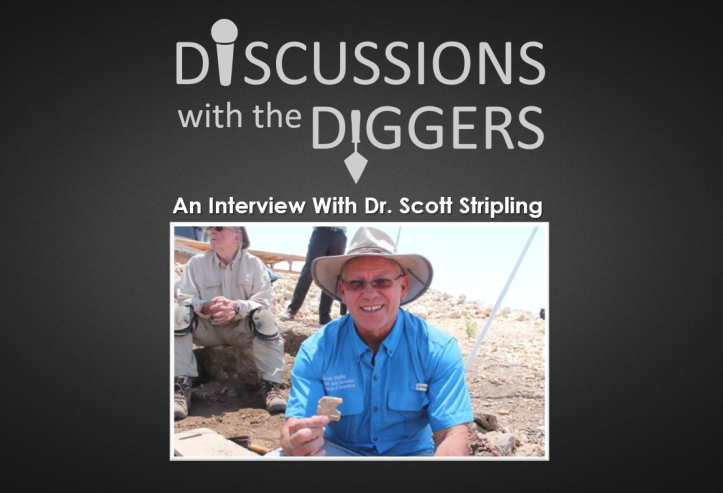
In Discussions with the Diggers, I have the privilege of interviewing archaeologists to learn more about their work and how the excavations they’ve been a part of illuminate Scripture. Dr. Scott Stripling was gracious enough to take the time to answer some of my questions about the dig he leads at ancient Shiloh in Israel.
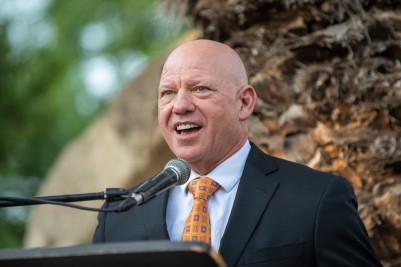
Dr. Stripling is an archaeologist with the Associates for Biblical Research (BibleArchaeology.org) and the Provost of The Bible Seminary in Katy, TX. He is vice-president of the Board of the Near East Archaeological Society and serves as Director of Excavations for ABR’s dig at Shiloh. He is also the author of The Trowel and the Truth: A Guide to Field Archaeology in the Holy Land and the recently released, The Power of Covenant in Times of Crisis.
BIBLE ARCHAEOLOGY REPORT: Welcome Dr. Stripling! Where did your journey in archaeology begin?
DR. SCOTT STRIPLING: My connection to archaeology derives from my passion to understand the cultural background of the biblical text. In seminary, I took my first Biblical Archaeology course. For several years I consumed all the written material that I could access and began to draw synchronisms between the material culture and the Bible.
BIBLE ARCHAEOLOGY REPORT: What digs have you been a part of?
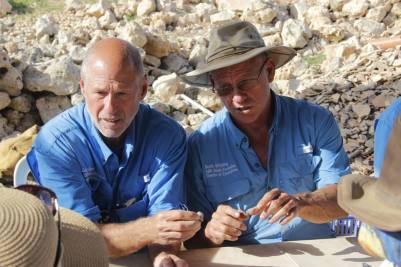
DR. SCOTT STRIPLING: I participated in some Texas digs, but found this totally unsatisfying. I excavated for six seasons at Tall el-Hammam where I moved through the ranks, eventually becoming a Field Supervisor. I also served as a supervisor for two seasons at the Temple Mount Sifting Project in Jerusalem. From 2010 to 2017, I excavated at Khirbet el-Maqatir with ABR, serving as the Director of Excavations from 2014 to 2017. From 2017 to the present, I have been the Director of Excavations for ABR at Shiloh.
BIBLE ARCHAEOLOGY REPORT: Shiloh has been excavated numerous times in the past. Why did you want to dig there again?

DR. SCOTT STRIPLING: A Danish team excavated Shiloh for four seasons between 1926 to 1932, and an Israeli team did the same between 1981 to 1984. The antiquities authority carried out small, sporadic salvage projects in the decades that followed. Less than ten percent of the site was excavated, much of it without proper methodology and controls. I wanted to connect the previous excavations and open a large area in order to minimize any misinterpretation of this critically important site.
BIBLE ARCHAEOLOGY REPORT: What important discoveries have been made so far during ABR’s dig at Shiloh and what do they tell us?

DR. SCOTT STRIPLING: In our first three seasons we have made several important discoveries. First, we now understand the stratigraphy which includes two strata from the period of the tabernacle. To help us accomplish this, we pioneered wet-sifting technology in the field. We now have evidence of a Philistine destruction at Shiloh. Altar horns and ceramic pomegranates are among our important cultic finds.
BIBLE ARCHAEOLOGY REPORT: What are some of the new technologies and methods are you using in the field at Shiloh?
DR. SCOTT STRIPLING: At Shiloh, we are using several new technologies:
- Photogrammetry – We take dozens of shots from the ground and the sky of a square or a certain feature. Our software then produces 3-D models of the scene, enabling us to see the ruins in a real-life manner.
- Drones – We take hundreds of drone shots each day to track progress on the site and in specific squares.
- Lighting – We built an in-field lab where we use infrared and ultraviolet lighting to examine sherds and small finds. This enables us to see glyptic markings that we might miss with the naked eye.
- Wet sifting – After we dry sift the excavted soil, we then wash it. Removing the dirt enables us to detect small finds that would otherwise be thrown out. Examples include the following: Bullae, seal impressions, beads, scarabs, and coins.
- Metal detection – We metal detect every locus and dump pile throughout the day, thus reducing the chance of missing small metal finds.
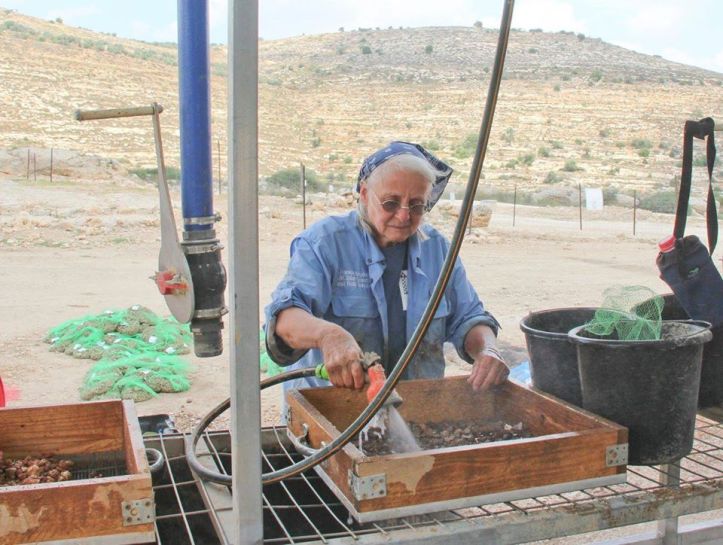
BIBLE ARCHAEOLOGY REPORT: What is the future of ABR’s dig at Shiloh, both this year and beyond?
DR. SCOTT STRIPLING: At least five more seasons will be required to answer my original research questions. My ultimate goal is to connect Area C on the northwest with Area D on the northeast. Much attention will focus on a monumental building from the period of the tabernacle that we have partially revealed. Unfortunately, ABR has made the difficult decision to cancel the Shiloh 2020 Dig Season due to the worldwide situation with COVID-19 (Coronavirus).
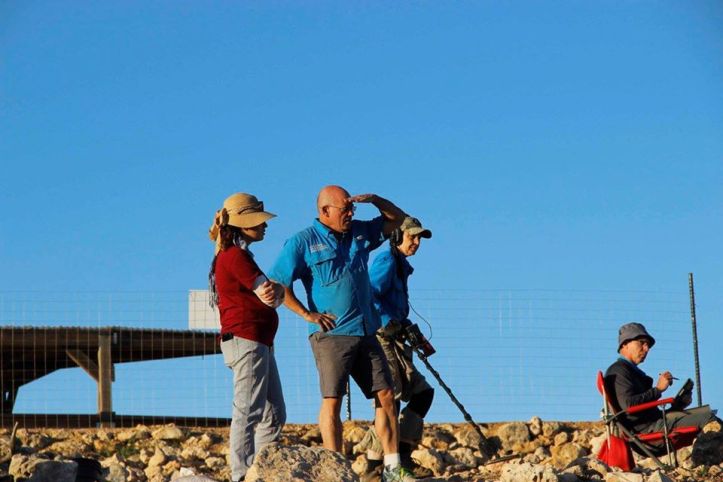
Dr. Stripling has been featured numerous times in ABR’s TV show, Digging For Truth. In the following episodes he speaks in further detail about the first three years of excavations at Shiloh:
I’d like to thank Dr. Stripling for taking time to answer my questions and the way he engages with grace archaeologists who hold to different beliefs regarding the use of Scripture as a historical text. He brings an important voice to the table when he engages in the arena of ideas and has done so in a way that has earned the respect of his peers.
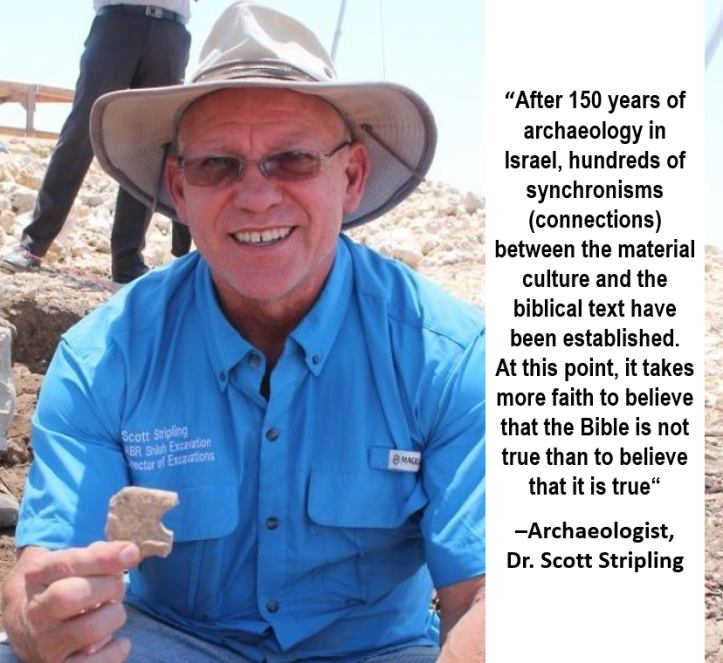
Disclosure: Both Dr. Stripling and I are staff members of the Associates for Biblical Research (BibleArchaeology.org).
Disclaimer: I allow each archaeologist to answer in his or her own words and may or may not agree with his or her interpretation of their work.

Thanks again Brian. Appreciate the information